Displaying items by tag: Beneteau 317
Frank Heath's local entry Crazy Horse of the Royal Irish YC and Royal St George YC leads the Dublin Bay challenge to overcome the leading visitors in the Beneteau 31.7 scratch fleet at Volvo Dun Laoghaire Regatta.
Heath is only two points off the overall lead in the 14-boat one-design fleet but, as Afloat reported here, overnight leader John Minnis's Royal Ulster Yacht Club entry, Final Call, has stayed on top of the leaderboard today after four races sailed with one discard.
The Ulsterman leads Jason & Debbie Corlett's Isle Of Man Yacht Club entry, Eauvation by a single point with Heath a point off the Corletts.
Racing continues tomorrow.
Jean Mitton's Levana of the Royal St. George Yacht Club has won the cut-short Beneteau 31.7 National Championships at the Royal Irish Yacht Club. See full results below.
Mitton held the overnight lead after four races in the 13–boat fleet with a second and three firsts from Chris Johnston's National Yacht Club entry Prospect who counted a first and three seconds.
Third place went to class Captain Frank Heath on Crazy Horse of the Royal St. George.
Today's racing was cancelled due to strong southerly winds on Dublin Bay.
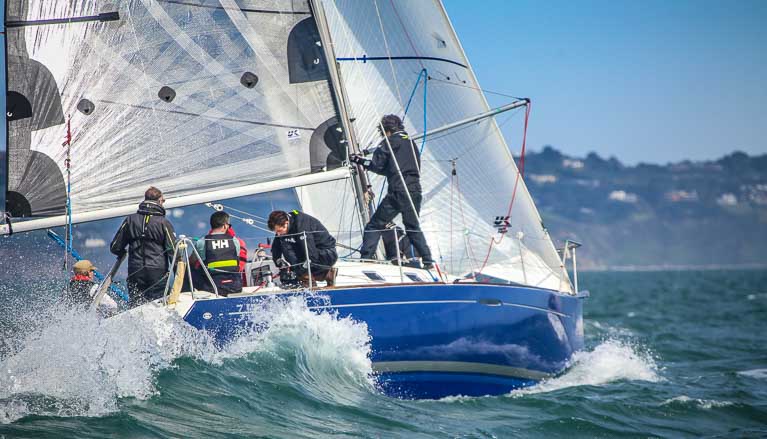 Chris Johnston's Prospect from the National Yacht Club entry was second overall. Photo: Afloat.ie
Chris Johnston's Prospect from the National Yacht Club entry was second overall. Photo: Afloat.ie
 Roger Conlans and James Fox's Beneteau 31.7 Avalon from Dun Laoghaire Marina Photo: Afloat.ie
Roger Conlans and James Fox's Beneteau 31.7 Avalon from Dun Laoghaire Marina Photo: Afloat.ie
 Michael and Bernie Bryson's Bluefin Two from the National Yacht Club on starboard tack passes Michael Blaney's Royal St. George entry After You. Photo: Afloat.ie
Michael and Bernie Bryson's Bluefin Two from the National Yacht Club on starboard tack passes Michael Blaney's Royal St. George entry After You. Photo: Afloat.ie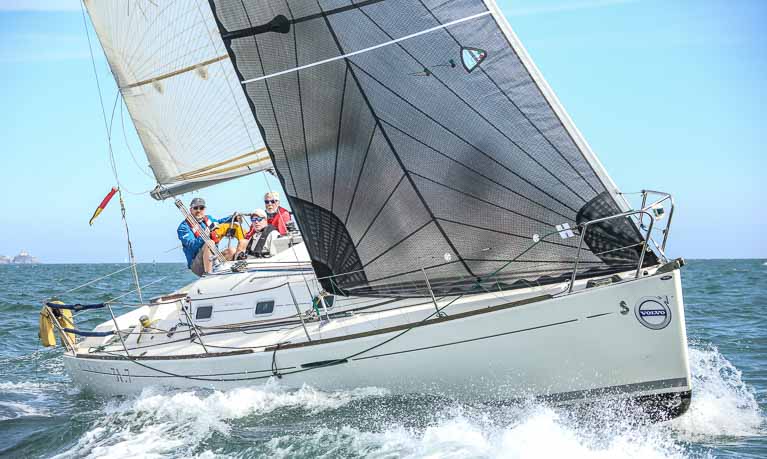
 Jean Mitton's Levana keeps Chris Johnston's Prospect in close cover Photo: Afloat.ie
Jean Mitton's Levana keeps Chris Johnston's Prospect in close cover Photo: Afloat.ie
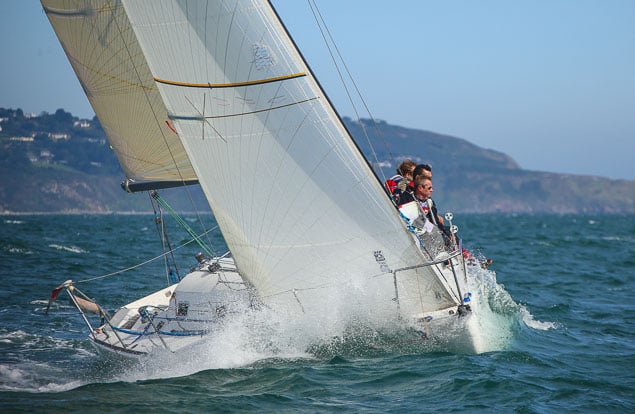
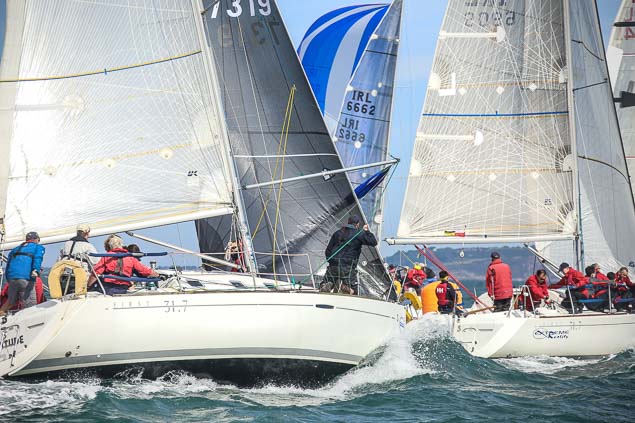

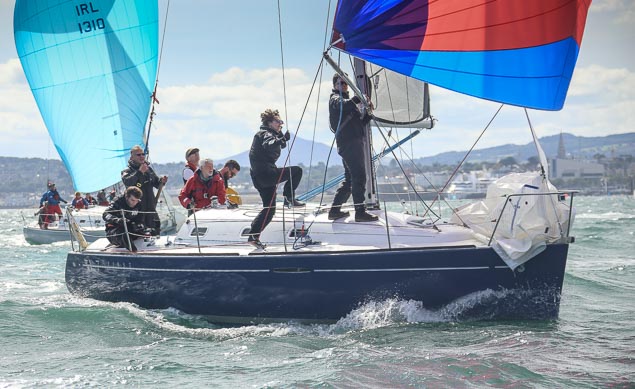
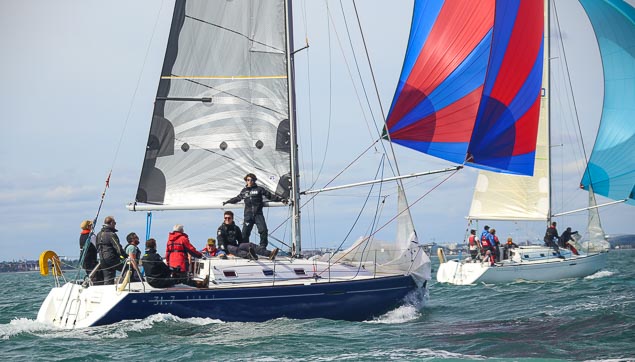
Beneteau 31.7 National Championships 2017 Entries: 13 Races Sailed: 4
| Series Place | Sail No | Boat | Helm | Club | Series Points | Race 1 | Race 2 | Race 3 | Race 4 |
| 1 | IRL1740 | Levana | Jean Mitton | RSGYC | 5 | 2 | 1 | 1 | 1 |
| 2 | IRL1565 | Prospect | Chris Johnston | NYC/RIYC | 7 | 1 | 2 | 2 | 2 |
| 3 | IRL2004 | Crazy Horse | Frank Heath & Ivan Schuster | RIYC/RSGYC | 16 | 3 | 5 | 5 | 3 |
| 4 | IRL6662 | Bluefin 2 | Michael & Bernie Bryson | NYC | 19 | 7 | 4 | 3 | 5 |
| 5 | IRL1310 | After You Too | Michael Blaney | RStGYC | 25 | 4 | 3 | 4 | DNF14 |
| 6 | IRL7317 | Attitude | Trina Milner | RIYC | 28 | 8 | 7 | 9 | 4 |
| 7 | IRL8063 | Indigo | Joe McDonald | NYC | 28 | 6 | 10 | 6 | 6 |
| 8 | IRL6909 | Extreme Reality | Lorcan Balfe | NYC | 31 | 10 | 6 | 8 | 7 |
| 9 | IRL2970 | Kernach | Eoin O'Driscoll | NYC | 36 | 12 | 9 | 7 | 8 |
| 10 | IRL3171 | Kalamar | Dave Russell | NYC | 44 | 13 | 12 | 10 | 9 |
| 11 | IRL1041 | Avalon | Roger Conan | RStGYC | 45 | 9 | 8 | DNF14 | DNC14 |
| 12 | IRL2474 | Camira | Peter Beamish | RIYC | 47 | 5 | DNF14 | DNC14 | DNC14 |
| 13 | IRL5317 | Fiddly Bits | Bill Quigley & Others | NYC | 47 | 11 | 11 | 11 | DNF14 |






























































